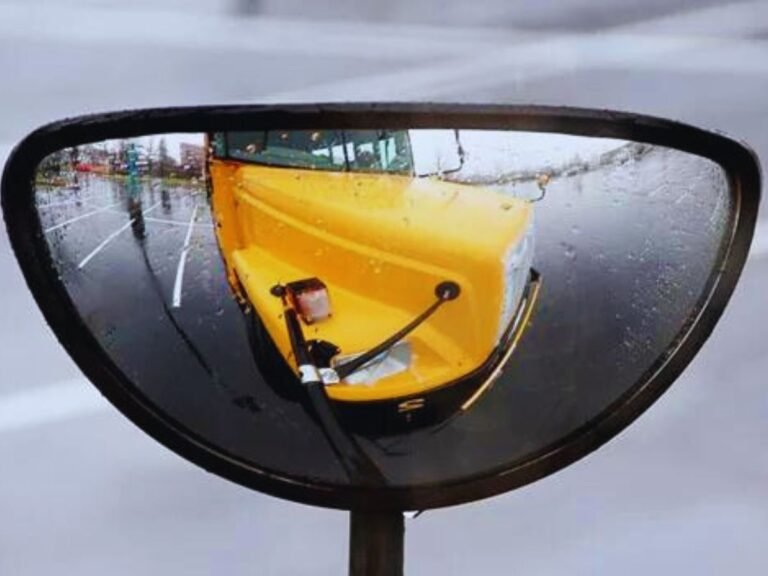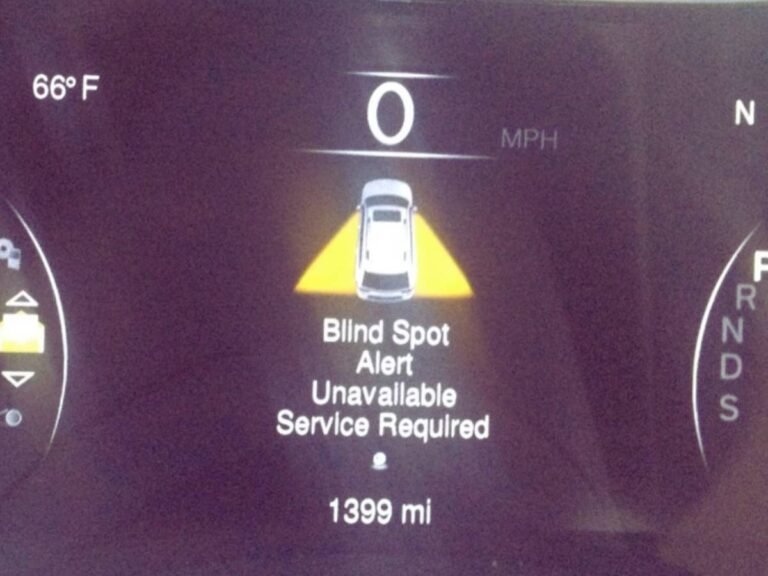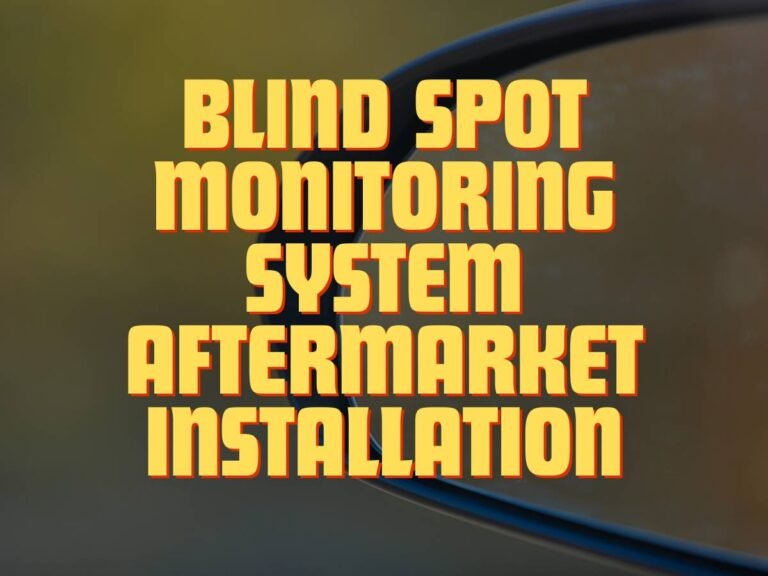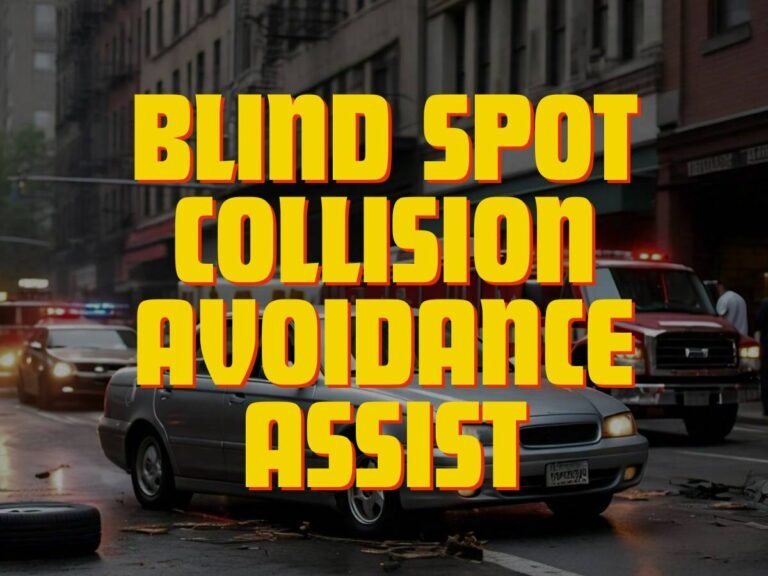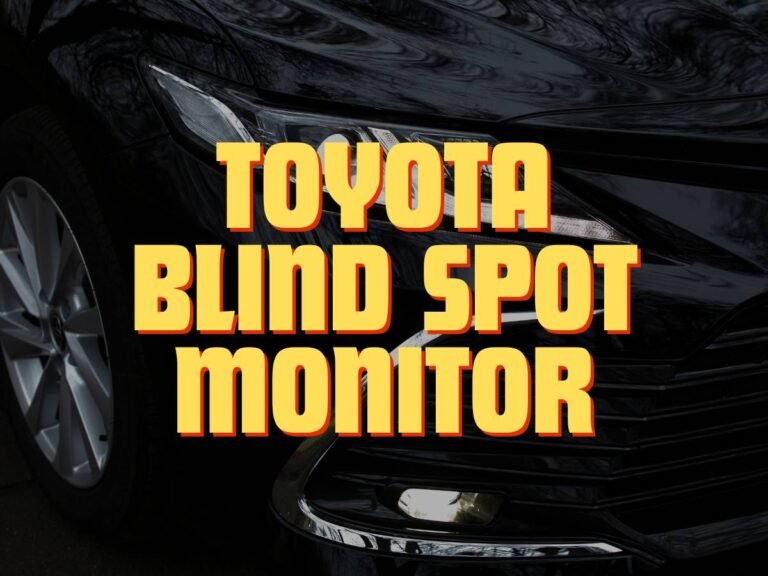Can You Buy Cars with Blind Spot Detection? A Detailed Guide
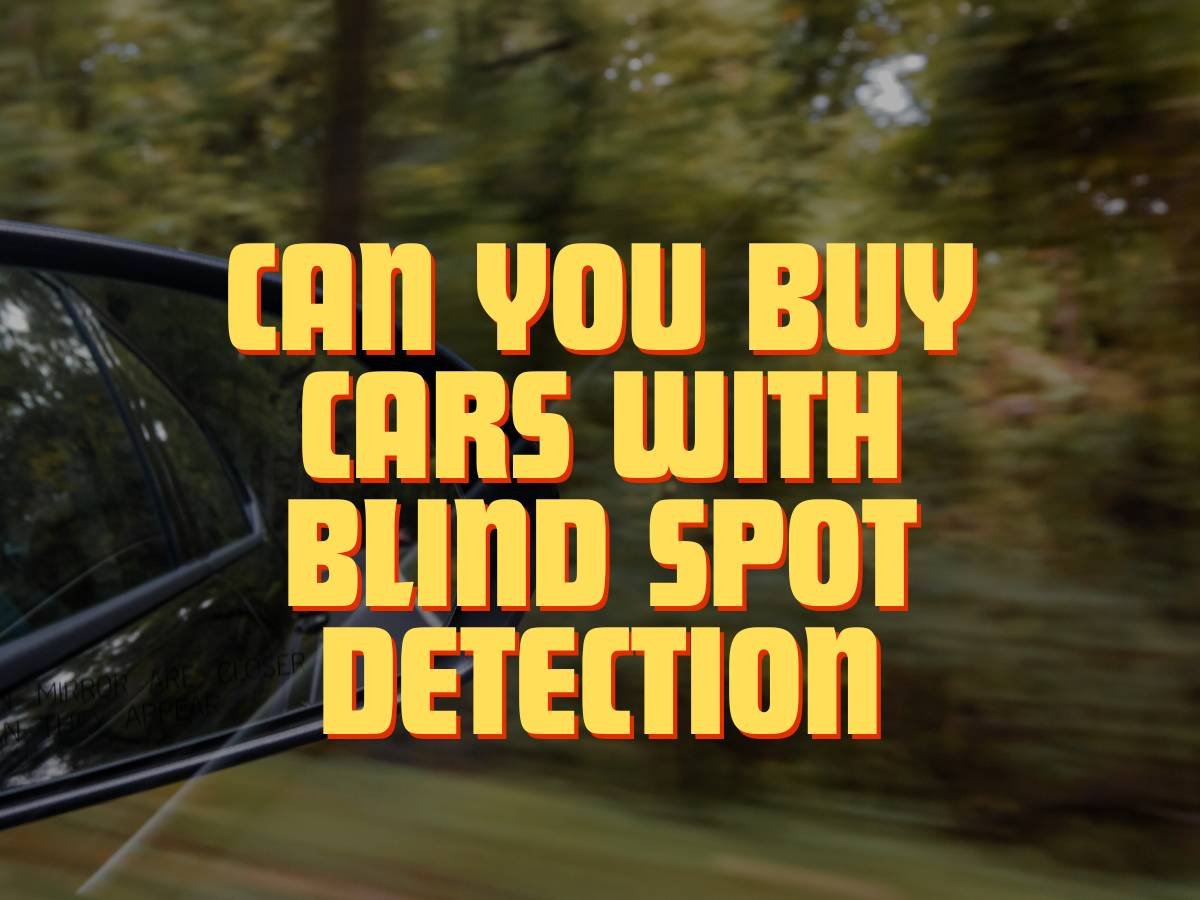
Yes, you will find many modern cars with blind spot detection. In fact, most vehicles today come equipped with one or more safety features. It is an essential requirement in today’s age of heavy traffic. Cars that come pre-installed with blind spot detection don’t require any aftermarket add-ons.
However, you might be surprised that cars with blind spot detection are significantly more expensive than ordinary ones. Let’s look at why that is the case and more in this comprehensive guide!
Introduction to Cars with Blind Spot Detection
Blind spot detection technology is a crucial safety feature in modern vehicles. It alerts drivers about other cars, motorcycles, bicycles, or pedestrians—that, too, in the areas that are not visible through the rearview or side mirrors.
The introduction of this technology marks a significant advancement in automotive safety. It is a proactive solution to one of the most common accident causes on the roads today.
Cars with blind spot detection are less vulnerable to the threats of these danger zones. Traditional mirrors cannot always provide the coverage necessary to ensure safe lane changes and maneuvers. Blind spot detection systems enhance road vision using radar sensors or cameras.
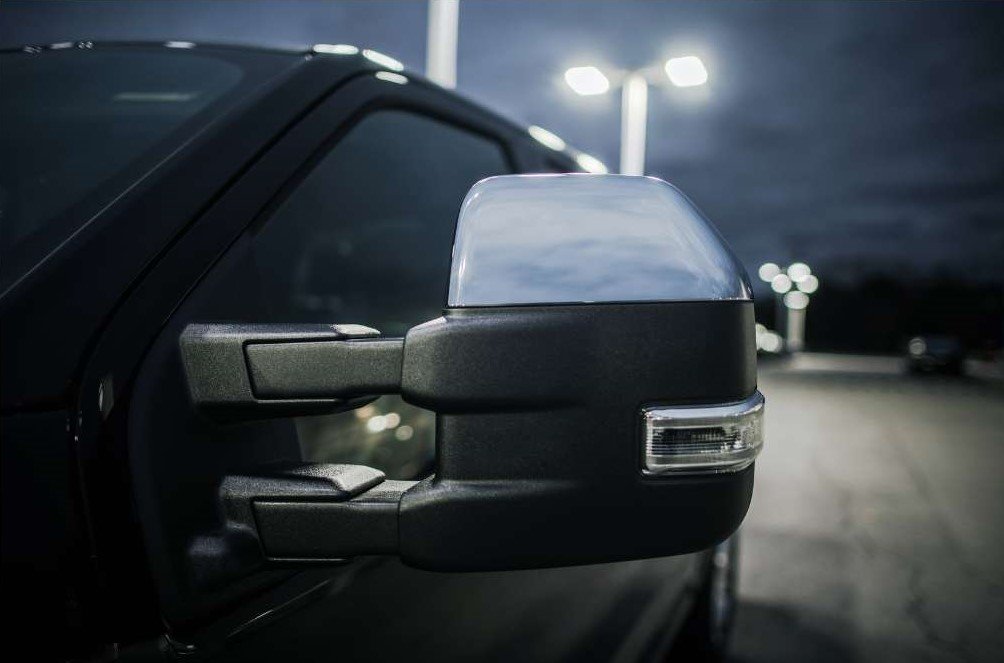
Basic Framework of Cars with Blind Spot Detection
Generally, the vehicles that come readily equipped with blind spot monitors use radar-based systems. However, many other models might use cameras. Regardless, let’s see how these components work:
- Radar Sensors: Emit radio waves that bounce off nearby objects and return to the sensor. In response, they provide information about the presence and speed of objects in your blind spot.
- Camera-Based Systems: Utilize cameras positioned around the vehicle to provide a visual feed of what is in the blind spots. Usually, you get the display on the car’s infotainment system.
These sensors or cameras are not the only components of new or used cars with blind spot detection. They also use an alert system, generally comprising one of all of the following mechanisms:
- Visual Warnings: Often seen as a light or icon that appears on the corresponding side mirror or in the A-pillar.
- Auditory Alerts: A beep or tone that sounds if you activate your turn signal while a vehicle is in your blind spot.
- Vibrational Warnings: Some systems use a gentle vibration in the steering wheel or driver’s seat to warn of potential blind spot hazards.
A List of Cars with Blind Spot Detection and Their Key Features
Now, let’s look at luxury and affordable cars with blind spot detection. We will also mention SUVs that come equipped with this system. Let’s break down the list into different categories for easy understanding:
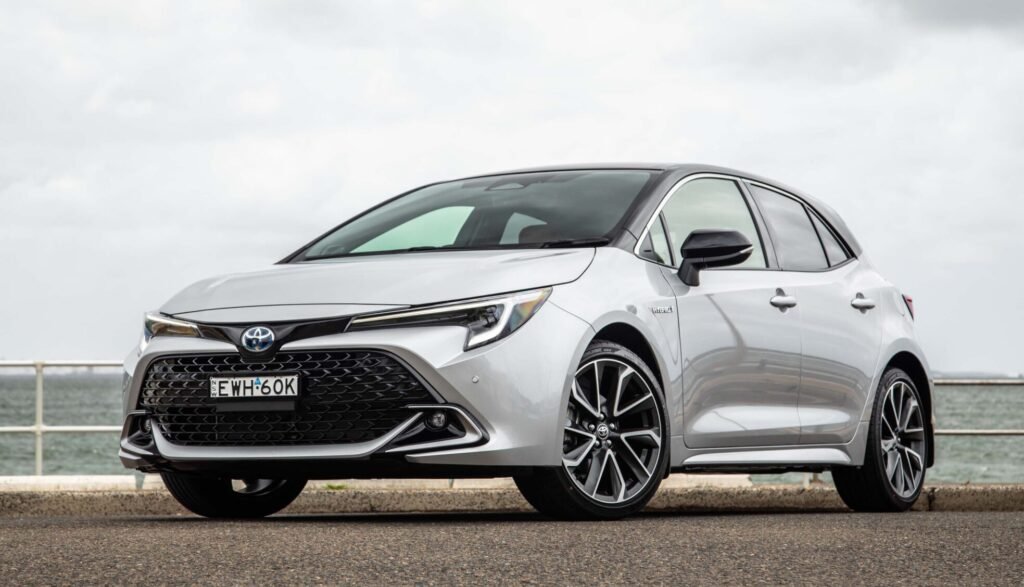
Affordable Cars with Blind Spot Detection
- Honda Civic: Offers a blind spot information system with a cross-traffic monitor. It uses radar systems to detect vehicles and provides visual alerts in the side mirror. The Honda Civic is affordable yet equipped with technology typically found in higher-end models.
- Toyota Corolla: Includes Toyota’s blind spot monitor with rear cross-traffic alert. It adds a layer of safety without compromising the economy.
- Ford Fusion: Includes Ford’s Co-Pilot360, which provides blind spot information systems with cross-traffic alert. Its robust technology integration with a spacious interior makes it ideal for families.
- Nissan Altima: Comes with Nissan’s Safety Shield 360 that includes blind spot warning. It features proactive safety technologies and comfortable seating for long drives.

Luxury Cars with Blind Spot Detection
- BMW 5 Series: Equipped with Active Blind Spot Detection as part of BMW’s Driving Assistant Plus package. Its advanced technology is seamlessly integrated into a luxury driving experience. The car also includes alerts and automatic corrective actions.
- Mercedes-Benz-E-Class: Includes Active Blind Spot Assist that can also apply braking to prevent collisions. It combines luxury with cutting-edge safety tech for a premium driving experience.
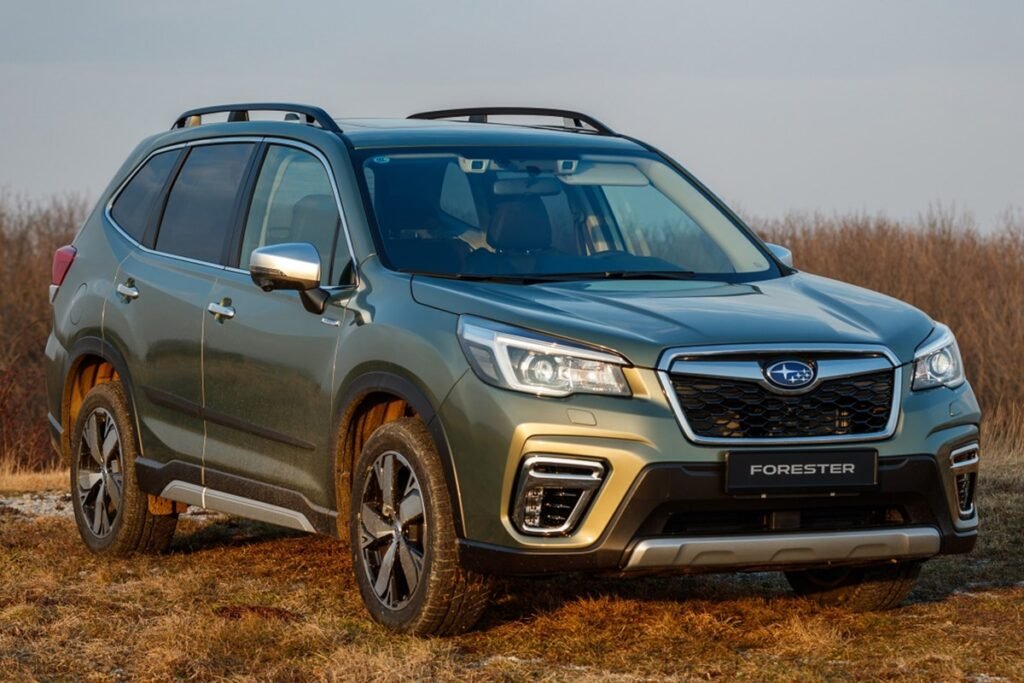
SUVs with Blind Spot Detection
- Hyundai Santa Fe: Offers Hyundai’s SmartSense technologies, which include blind spot collision warning. It is a family-friendly SUV with high safety ratings and advanced driver assistance systems.
- Subaru Outback: Comes with EyeSight Driver Assist Technology and additional blind spot detection. It is renowned for safety and reliability, ideal for outdoor adventures with plenty of cargo space. Learn more about the Subaru Forester Blind Spot Monitor.
Why Cars with Blind Spot Detection are More Expensive?
When buying a new car, you will notice that cars with blind spot detection are more expensive than those without any safety features. Why is that? Let’s find out!
1. Advanced R&D + Technology
Blind spot detection systems are complex and rely on advanced technology. That includes radar sensors, cameras, alert systems, etc. Developing these systems involves significant investment in research and development. This development cost is passed on to the consumer, contributing to the higher price tag of these vehicles.
2. Increased Manufacturing Costs
Integrating blind spot detection systems into vehicles involves additional manufacturing steps. That could mean installing sensors or cameras around the camera. Furthermore, performing integration will require extra costs. The components themselves are high-tech and need to be reliable and durable. Ultimately, this factor adds to the overall cost of production.
3. Software & Calibration
A significant part of a blind spot detection system is its software. It must accurately interpret data collected by sensors and cameras. The software requires precise calibration to work reliably. The cost of developing and maintaining the software contributes to the higher price of these vehicles.
FAQs
Q: Can you retrofit a car with blind spot detection?
Yes, you can retrofit a car with blind spot detection using an aftermarket system. The market is full of many aftermarket manufacturers. You can choose one that suits your preferences!
Q: Which Cars come with Blind Spot Detection?
Lexus, Toyota, BMW, Audi, Honda, Ford, and Mercedes are a few cars with blind spot detection. Almost every modern release has this feature built-in.
Conclusion
Choosing cars with blind spot detection is more than just a safety measure. This advanced driving assistance system provides drivers with crucial alerts. Without the system, you might be unable to see your blind spots. As a result, you can end up colliding with vehicles in your danger zones.
As you consider your next vehicle purchase, remember that cars with blind spot detection might be more expensive. However, they offer long-term savings through potential insurance discounts. Furthermore, they provide safeguarding for you and your passengers!

